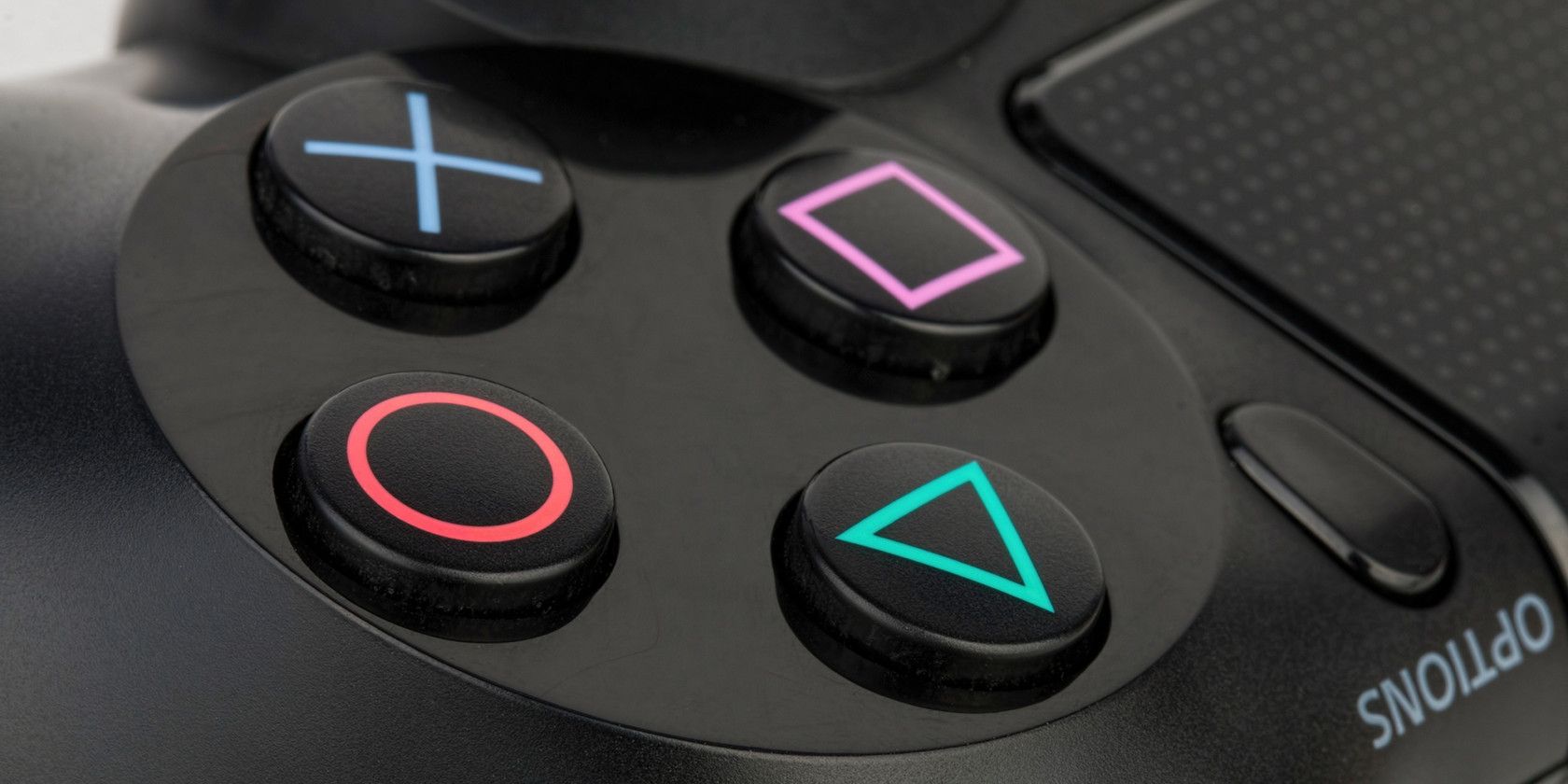
The last option is that the controller is incompatible with the operating system. Once you’ve confirmed that the controller works on another device, then you know the problem isn’t caused by the controller itself. To isolate the concern, you should try using the controller on a different device. This is a pretty common issue for wireless controllers, but can also happen to wired ones, too. If the connection between your controller and program seems to be delayed, don’t worry.
SNES (Super Nintendo Entertainment System). Again, try connecting several types of controllers to your Pi, including those made specifically for use with Raspberry Pi. There will always be other people who have experienced the same issue, and you are likely to find answers to your issues there.Īnother option would be to try a different set of controllers some models might not work at all or only partially. If this problem persists, contact the developer directly for assistance, or you may be able to get support through third party online communities like Reddit. Try unplugging your controller and re-inserting it, restarting your Pi if needed, and running RetroPie again. If, however, your controller seems to be working fine with other devices, there is the possibility of your controller simply not being compatible with the Pi. If the controller does not work on another device, there is a good chance that your controller is faulty. You check that the controller is not broken by testing it out on a different device. Check that the cable is fully inserted into the port without using excessive force.Īny excessive force could lead to the cable breaking, or damaging the port. Any hardware faults could cause the disconnection. If RetroPie doesn’t recognize your controller, you will first need to establish that there are no hardware faults that should be obvious. What if RetroPie Doesn’t Recognize My Controller? It doesn’t matter if the controller you are using has fewer buttons on it than a DualShock, as the RetroPad will also have fewer buttons. When configuring, you do not need to map every button on the RetroPad to a real world button that you have. These RetroPads have an ABXY layout much like a Super Nintendo Entertainment System controller, as well as four shoulder buttons and dual analog sticks, just like a Sony DualShock. The RetroPad does not exist as a physical thing, but is actually a concept that exists in RetroArch only. These virtual buttons work exactly like they would if you were using your physical controller. 
You will use a virtual joystick and four keys as input while playing through these games.

RetroArch controls the actual emulation program RetroPie uses. When you are configuring your controller in EmulationStation, the setup script for the RetroPie automatically begins to configure RetroArch with the same controls. RetroPad is not a physical thing, and it does not have physical buttons. That’s basically all there is configuring controllers.

Press “Ok” when finished and close the window. In the next window, you’ll want to select the controller you just plugged in. Now that you’re in the settings menu, scroll down until you see “Controllers” and then click on it. A new window should pop up asking for permission to access your system settings. Now, let’s go back to RetroPie and click on the Settings icon (the gear). This should bring up a new window where you can select your controller. This will open up the input devices menu. It should then open onto the configuration menu. You will need to hold down any button on the game pad or keyboard, then the name should appear in the bottom corner. If it isn’t already, plug it into your USB port and turn it on.

Once you’ve installed RetroPie, you’ll need to make sure your controller is connected to your computer before continuing.
How to use retropie psx download#
To do controller configuration, you first need to download the latest version of RetroPie from its official website.








 0 kommentar(er)
0 kommentar(er)
